YANGDONG VILLAGE NEAR GYEONGJU – FULL GUIDE

WHAT TO SEE AT YAONGDONG FOLK VILLAGE IN GYEONGJU? IS A VISIT TO YANGDONG VILLAGE WORTH IT?
Yangdong Village (양동마을) is located about 15km north of Gyeongju. For us, Yangdong is one of the most charming traditional villages we visited in Korea.
Yangdong is one of the most charming villages in Korea
You will be able to see more than 160 houses there, many of which are still inhabited. In Yangdong, you can really feel how people used to live in the past.
We recommend combining your visit of Gyeongju with Yangdong Village
Read Also: Best Things to See in Gyeongju and its surroundings


In a nutshell: Why Visit Yangdong Folk Village?
– For its unique traditional atmosphere
– Its gorgeous Hanok Houses
– For a pleasant walk in Korea’s countryside
– And so much more which we invite you to discover in this post!
Check out this short video for a glimpse of what Yangdong looks like:
History of Yangdong Folk Village

The origin story and layout of Yangdong Village are representative of Korean clan villages. The village residents have continued to preserve the original spiritual legacy of the village by performing the traditional rituals and customs of upper-class families of the Joseon period until today.
In the Joseon period (1392-1910), a clan was established by a patriarch and was comprised of its descendants. The primary lineage of first-born male descendants, called the “head family,” would live in the clan village, which would serve as a home base for the clan’s Confucian education and ancestral rituals.
The head families of Yangdong Village were established when Son So (1433-1484) of the Gyeongju Son Clan moved to this area upon his marriage to a woman from the Pungdeok Ryu Clan who lived in the village. Then, when one of Son So’s daughters married Yi Beon (1463-1500) from the Yeoju Yi Clan, Yi Beon also moved into his new wife’s village.
How to get to Yangdong Village?
Yangdong is accessible from Gyeongju Intercity Bus Terminal by buses 200 to 208, 212, and 217 (50 min journey on average) or by taxi (25 min, approx. 24,000 won). If you are coming from KTX station, take bus 203 (90 min journey) or taxi (40 min, approx. 38,000 won).
Allow at least 2 hours to visit the village. Make sure to explore the small path which leads you over the hill to another part of the village.
- Opening time: The village is open from 9 a.m. to 7 p.m. from April to September and from 9 a.m. to 6 p.m. from October to March.
- Admission: Adult: 4,000 won / children: 1,500 won
- Location: here
What to see in Yangdong Village?

To maximize your visit of Yangdong, take a map after purchasing your entry ticket. There are many houses behind some hills following small paths.
The composition of Yangdong Village is typical of Korean clan villages, with the houses of low-class servants at the entrance to the village near the river and farm fields, and the houses of the upper-class clan members at the back of the village, protected by the mountain.
1. Check out some of the main traditional houses
Seobaekdang House

Start your visit by walking up the street that runs along the river. There you can already admire many houses on the hill. The view is stunning.
Then turn to the left and climb towards Seobaekdang House, one of the first houses in the village built by Son So, the founder of the Son Clan. The house is also the birthplace of both Son Jung-don, the son of Son So and Yi Eon-jeok, the grandson.
The house is really big, but also very elegant. With its unique structure and layout, the house is regarded as a valuable resource for the study of old houses of the early Joseon Dynasty.
Mucheomdang House
This house, founded in the mid-Joseon period, is the residence of the head of the family of Yi Eon-Jeok, a Confucian Scholar and government official during the Joseon Dynasty.
As an extended building or sarangchae (men’s quarter) that belongs to the residences of the higher classes, the house was used for multiple purposes, such as a guest house, a resting place, and a library.
Hyangdan House
This house, a residence in the mid-Joseon period, was built when Yi Eon-jeok (1491- 1553). It served as governor of Gyeongsang-do province during the Joseon Dynasty.
Its form is quite different from the general standard for the upper-class house, consisting of haengnangchae (servants’ quarters), anchae (women’s quarters), and sarangchae (men’s quarters) together in one area and two courtyards, which exhibit distinctive features.
Simsujeong Pavilion
This pavilion is said to have originally been built by the Yeogang Yi Clan in the 15th year of King Myeongjong (1560) of the Joseon Dynasty. After the pavilion was completely burned down by fire, except for the haengnangchae (servant’s quarters), during the reign of King Cheoljong, it was reconstructed in its original form in 1917.
Gwangajeong House
Gwangajeong was the house of Ujae Son Jung-don (1463-1529), a respected government official known as a Cheongbaekri during the reign of King Seongjong and King Jungjong. This house is an excellent building with its formality and simplicity. It commands a view of the Hyeongsangang River and has spectacular scenery surrounding Gyeongju.
Suunjeong Pavilion

Suunjeong was built by Son Yeap, a grandson of Ujae Son Jung-don.
This pavilion was named after a verse of sucheongunheo meaning “clear as water and evanescent as clouds.” Compared with other pavilions, it has the best location and is considered the most magnificent view among other pavilions in Yangdong Village.
2. Go to the top of the hill to admire the view
Yangdong, as if embedded in the valley of Mount Seolchang, also has an infinite charm. To better appreciate its originality, you have to gain height.
Climb up the hills to admire the beauty of the homes, many of which are national treasures. Here again, the village perfectly reflects the hierarchical society of the time: the residences of the nobles are located on the heights, while the small thatched cottages are established below.
3. Eat a traditional meal in one of the traditional house
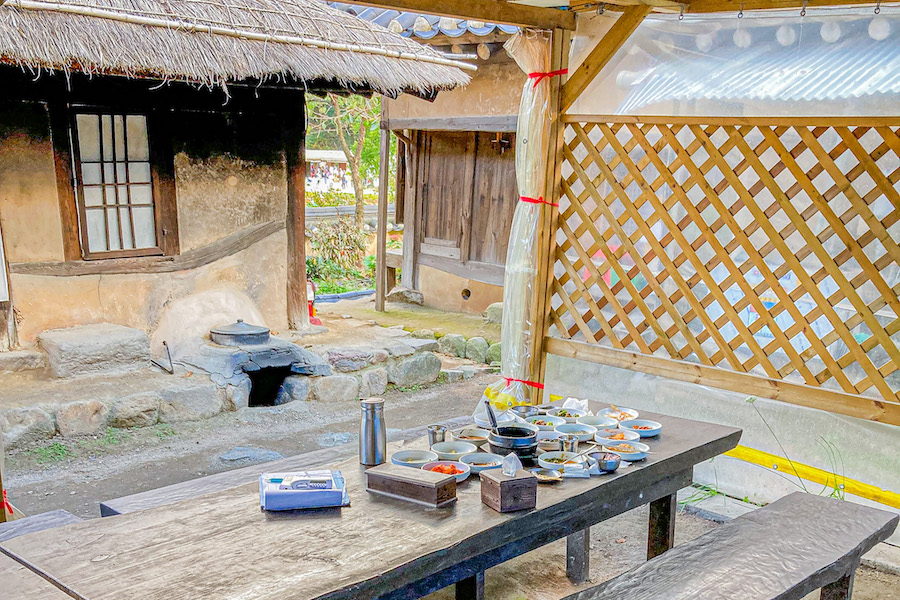
In Yangdong you can find a few very traditional restaurants. We opted for a place called Uhyang Daok. The owners, an old couple, were so nice to us.
They spoke a little English and were very interested in our stories and where we came from. They served us a delicious meal, in fact, one of the best meals we had in Gyeongju. Here is the location.
Our Impressions of Yangdong Village

We loved Yangdong so much, that we spent quite a lot of time exploring and admiring the village just thinking what it was like to live here 500 years ago. Yangdong was one of our main highlights during our trip to Gyeongju. We would even rank this place as the nicest village in Korea!
It took about 2-3 hours to visit everything.
Make sure to add Yangdong Village to your bucket list when you visit Gyeongju. Make sure to also visit Bulguksa Temple (more info here).
Where to stay in Gyeongju near Yangdong?
If you visit Yangdong, chances are that you will be spending at least 1 night in Gyeongju. We therefore recommend staying in a Hanok to experience this place fully.
Hanok 1st Street

Hanok 1st Street is a beautiful Hanok Hotel located near the main sights in Gyeongju. This place is absolutely stunning and would make your trip to Gyeongju complete. If you travel to Korea, experiencing staying in a Hanok is a must. You can check Hanok 1st Street here.
Gyeongju Wadamjung Hanok Pension

Gyeongju Wadamjung Hanok Pension is located close to Gyeongju Gyochon Traditional Village. In other words, one of the best places to stay in Gyeongju.
On top of the great location, this Hanok is beautiful and the garden at the center makes it a magical place to stay. The other good thing about Gyeongju Wadamjung Hanok Pension is that breakfast is included in the price.
This place is often fully booked, however, if it’s still available during your stay, do not hesitate, to book it right away. Check it out here.
Hwangnamkwan Hanok Guesthouse
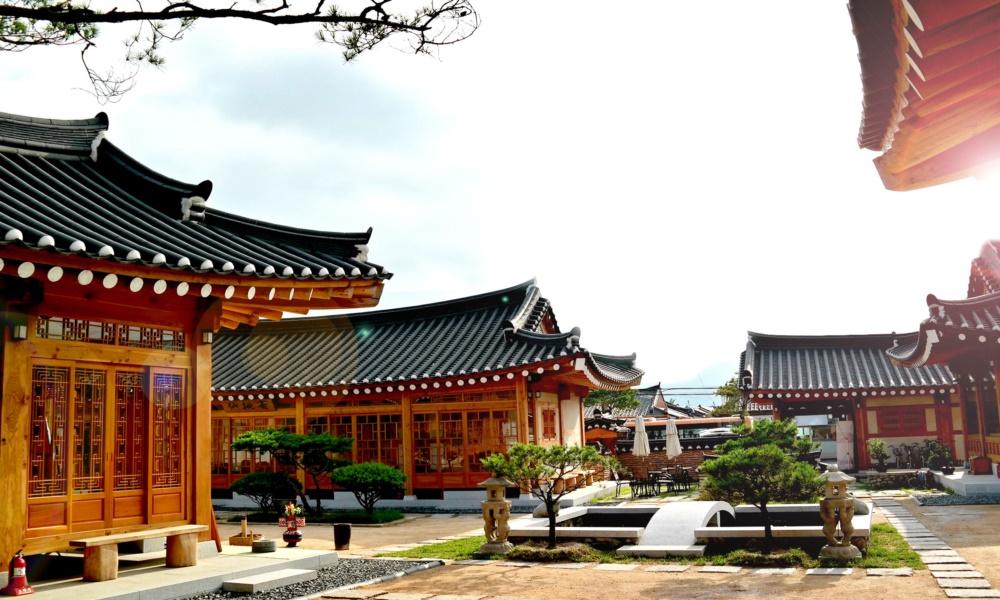
Hwangnamkwan Hanok Guesthouse is located right off the main tourist street of Gyeongju. If you stay here, it will be easy to walk around the city and find good restaurants for dinner. Therefore, we also highly recommend a stay at Hwangnamkwan Hanok Guesthouse. Book it here.
Read Also
- GYEONGJU, the old capital of Korea
- BULGUKSA temple near Gyeongju
- BUSAN, the second largest in Korea
- GANGNEUNG and the East Coast
- SOUTH KOREA: 99 must-see in South Korea
- HAEDONG YONGGUNGSA, the most beautiful temple in Korea
- TAEAN: amazing national park on the west coast of Korea
- JEJU: All you need to know before you go to Jeju
- JEONJU Hanok Village
- NAMSANGOL Hanok Village in Seoul


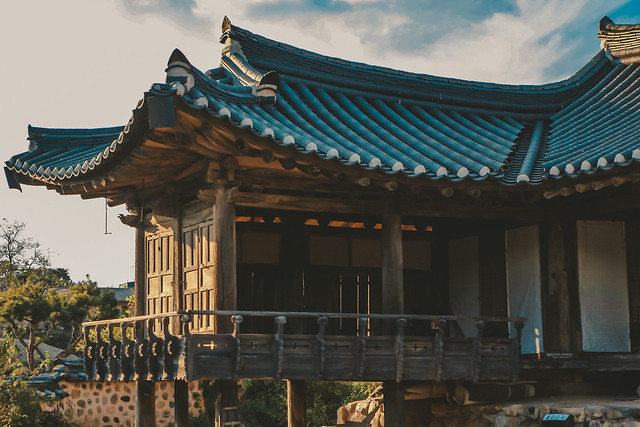

![10 BEST THINGS TO DO IN INSADONG [SEOUL GUIDE]](https://afuncouple.com/wp-content/uploads/2020/05/yujing-zhang-tg6uE64lEJs-unsplash-768x610.jpg)

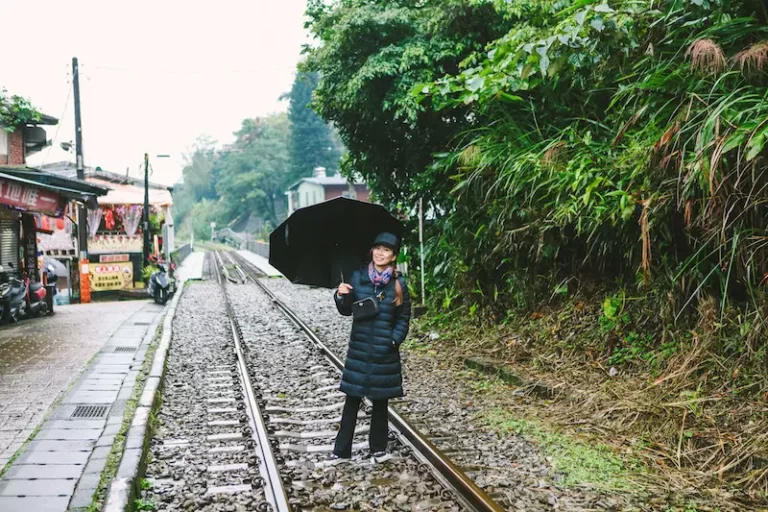
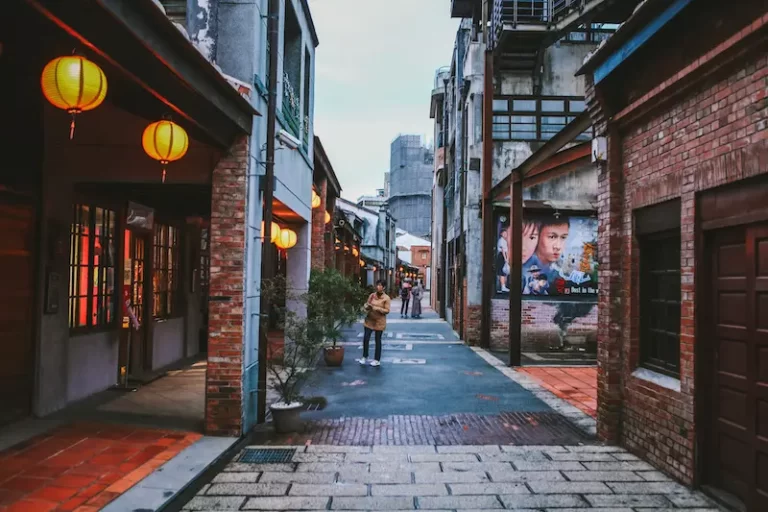
![25 BEST BEACHES IN SOUTH KOREA [FULL GUIDE]](https://afuncouple.com/wp-content/uploads/2021/07/Best-beaches-in-South-Korea-768x508.jpg)
